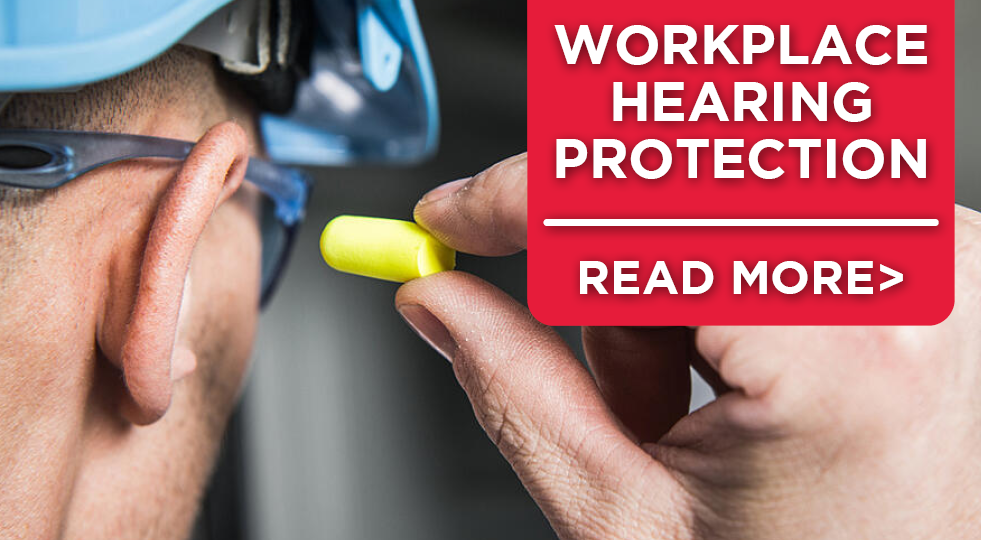
There are many different types of safety equipment designed to protect workers from hazards in the workplace. However, when thinking of severe workplace injuries, people often ignore the importance of protecting the ears.
Noise-induced hearing loss is a serious condition that affects millions of people worldwide. Based on research by the Hearing Care Industry Association, One in six Australians currently suffer from hearing loss. This number is expected to rise to one in four by 2050, thanks to an ageing population and an increasing amount of people being exposed to dangerously loud noise. It is therefore vital for employers to take necessary protective measures to prevent hearing loss occurring in the workplace.
So, what kind of hearing protection should you use in your workplace?
There are two main types to consider:
For workers in high noise areas, earplugs offer low-cost, yet effective hearing protection solution. They are soft foam or elastic plugs that are worn inside the ear canal to help block out hazardous sounds. Often, ear plugs are more affordable than other types of hearing protection while still offering a high level of protection.
Earplugs also come in a wide variety of shapes, sizes and types such as roll down earplugs and push-in earplugs so there is a plug to suit most applications. By sitting in the ear, earplugs do not interfere with other PPE such as hardhats or goggles, which makes them the preferred option in many workplaces.
With the right fit and insertion techniques, earplugs are an appropriate and effective solution, however it is important that staff are trained in how to use them, as improperly fitted earplugs lose much of their effectiveness.
Earmuffs are protective headsets which cover the ears with solid, plastic-coated cushions attached by a headband or neckband, or sometimes affixed directly to a hard hat or safety helmet. Earmuffs feature foam lining that absorbs soundwaves in order to protect the ears from loud noise. This type of hearing protection is easier to put on and remove than earplugs, and also much harder to be used incorrectly, so earmuff wearers are more likely to get the full benefit. Earmuffs also often have some thermal insulation qualities, keeping the ears warm in cold weather. Electronic earmuffs are a great way to ensure hearing protection does not impede necessary workplace communication, by either connecting to two way radios or blocking out harmful noise and allowing noises in the normal speaking range.
Which
hearing protection is right for you?
When deciding what type of hearing protection to use, it is important to take the specific circumstances of your workplace into consideration. You need a solution that gives adequate protection, is comfortable and hygienic for workers, and that will not be difficult to use in conjunction with other personal protective equipment like hard hats, face protection and eye protection.
Both employees and employers are responsible for preventing hearing loss in the workplace. Employers must help prevent noise-induced hearing loss from occurring by providing the right hearing protection to workers. In addition, workers have a responsibility to always wear their hearing protection, and practice smart hearing behaviors in and outside of the workplace.
Southland Supply Group
Southland offers a wide range of hearing protection solutions that can help keep the worker's protected while enabling them to clearly communicate and hear their surroundings.
If you need to create or update your safety equipment gear Southland Supply Group can help. Contact us at 1800 77 22 91 or send us an email us at webstore@southland.com.au
